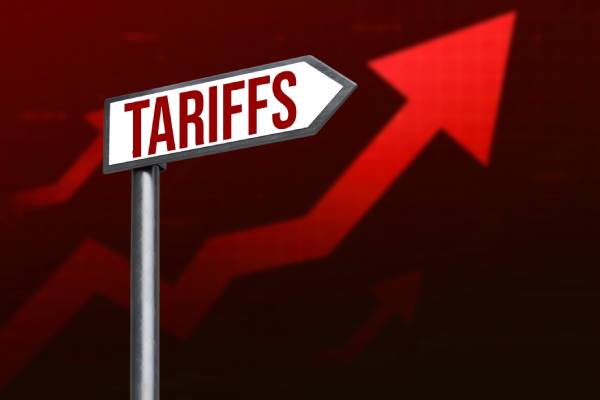
As the U.S. prepares for potential changes to trade policies in 2025, importers are bracing for higher costs and new supply chain challenges. To help businesses stay ahead, GEODIS has created a guide called “Managing 2025 Tariff Increases: The Smart Importer’s Strategy Guide,” which offers practical steps to prepare for the changes.
“Importers that act early will be better positioned to manage costs and maintain competitive advantages in the face of evolving trade policies,” said Josh Jungwirth, Executive Vice President of Freight Forwarding at GEODIS.
Here are six key strategies from the guide to help businesses protect their margins and stay competitive:
1. Calculate Your Tariff Exposure
Start by analyzing your import structure to understand your current tariff exposure. Develop contingency plans for different scenarios, such as a universal tariff (10-20%), targeted increases (25%), or high-impact tariffs on Chinese imports (60-100%). Early planning provides a foundation for reducing risks.
2. Optimize Product Classifications
To ensure accuracy, review and document your products under the Harmonized Tariff Schedule (HTS). Importers can minimize duty costs and streamline compliance by improving tariff classifications and using techniques like tariff engineering.
3. Explore Alternative Suppliers
Diversifying suppliers can reduce reliance on regions with high tariff risks. Start by identifying and evaluating potential suppliers in low-tariff regions, conducting sample testing, and scaling up orders gradually. While this takes time, it’s essential for long-term resilience.
4. Protect Your Finances
Model potential financial impacts of tariff changes and develop mitigation strategies. This includes adjusting customs bonds, reviewing cash flow strategies, and understanding tariff implementation timelines to prepare for any cost spikes.
5. Monitor Policy Changes
Assign team members to stay updated on trade policy developments and build regular reviews into your workflow. Clear communication with vendors, partners, and customers is essential for adapting to new rules.
6. Address Chinese Import Exposure
For businesses sourcing heavily from China, focus on identifying critical components, evaluating alternative suppliers, and creating diversification plans. Long-term strategies include exploring nearshoring and robust origin verification processes.